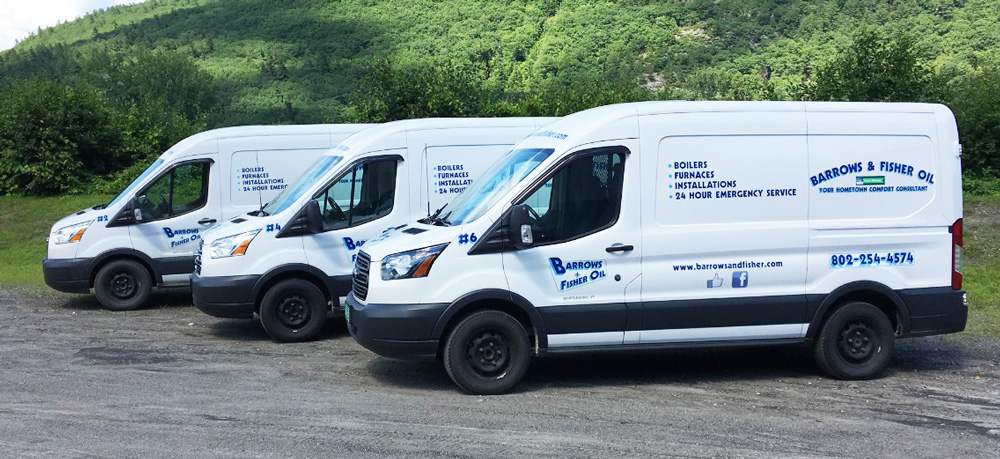We’re here for you 24/7
We service residential and commercial properties. We offer 24 hours a day, 7 days a week support for service related problems, as well as annual tune-ups on your units.

If you wish, you may obtain our Preventive Maintenance Plan for your unit after inspection by one of our technicians. Contact us to learn more!
Inspection of Home Heating Aboveground Storage Tanks (ASTs):
All Aboveground Tanks requires inspections which can identify problems that lead to a release BEFORE the release happens, per the Department of Environmental Conservation.
- All tanks require inspections at least every 3 years Routine checklist
- At new installation before first fill to ensure the installation meets regulatory standards. New installation Checklist;
- Immediately after the first fill to be sure there are no leaks. First Fill Checklist; and before a supplier can fill the tank of a new customer to ensure the new supplier is aware of any system variations. New Customer Checklist.
Anytime an AST is inspected, the inspector must provide the tank owner with a copy of the inspection checklist within two business days of the date of inspection.
Red-Tag Reporting
A tank system that is deficient in ONE of FIVE items must have a “Do Not Fill” tag affixed to the tank (also known as a “red-tag”). The five items that merit a red-tag are:
- Unstable foundation. Releases from tanks that tip-over or sink into the ground are very common! If a tank is leaning, sinking into the ground, or resting on the ground it must be red-tagged, and be re-installed on a stable foundation, a concrete pad is recommended for existing tanks and is required for new tank installation, before it can be filled via delivery truck.
- Fill and/or vent pipe is too narrow. These pipes should both be at least 1¼”. Narrower pipes could lead to pressurization of the system, weakening the system and leading to releases.
- No vent alarm. A vent alarm “whistles” during delivery, letting the delivery driver know that there is a connected tank with room for the oil they are delivering. Without the vent alarm a driver has no guarantee that an indoor tank is even connected. Additionally, the driver must guess when to shut off the flow, and an incorrect guess can result in a release.
- Buried fuel lines are not protected from contact with soil/concrete. Some installations have the copper line from the tank to the appliance installed underground. If these lines are bare copper, they will eventually corrode and result in a fuel leak that is underground – hard to discover and costly to cleanup!
- General poor tank condition. Inspections that find a tank with cracks, bulges, active leaks, or excessive rust will result in a red-tag being placed on the tank.
Inspectors are required to notify the State of any red-tags for posting on the Red-Tag web site. This list enables any fuel supplier to know if a new customer’s system has any deficiencies.
To get a system removed from the red-tag list, a tank owner or inspector must contact the Tanks program via phone or email with the following information: name and address of customer, what work was done to bring the tank back into compliance, who did the work, and who conducted the inspection.
Residential Heating Oil Tank Removal/Replacement Financial Assistance Program – if you made less than $65,000 in the previous tax year, you may be eligible to receive assistance for replacement of an AST.